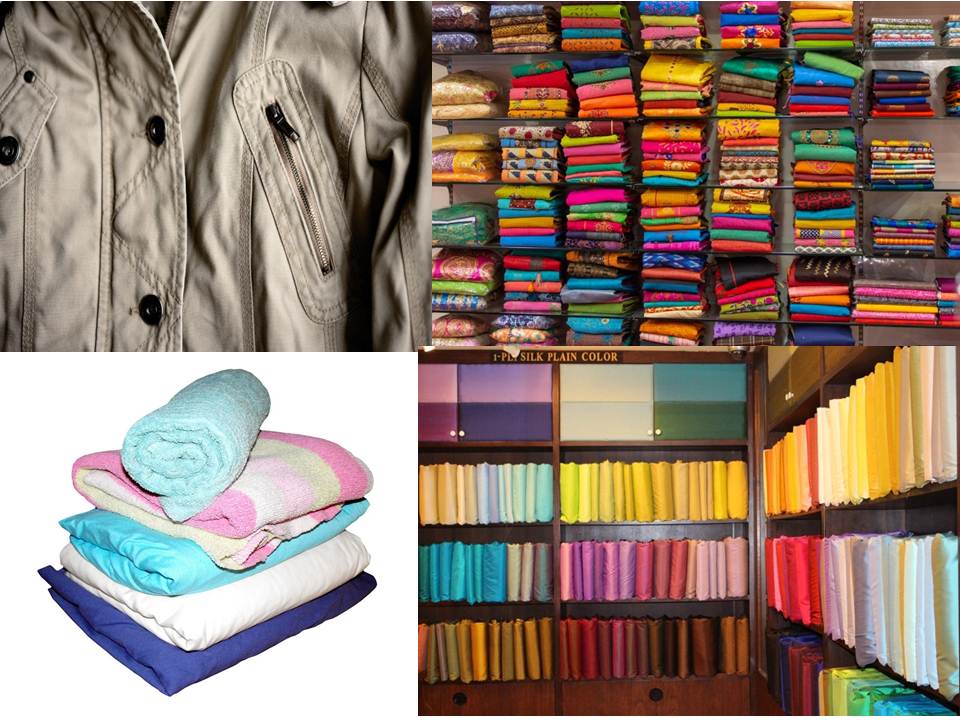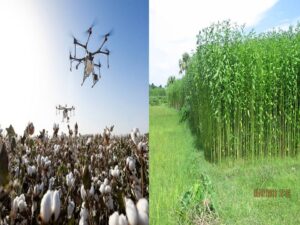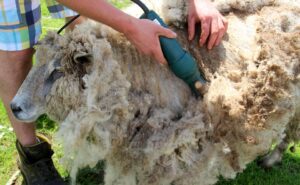FIBRE TO FABRIC

Summary
Clothing is very important to human beings. The importance of clothes are
- They protect from heat
- They protect from cold
- They make us look nice and decent.
FIBRE
A material which is available in the form of thin and continuous strand is called fibre.
There are of two types of fibres
1)Natural Fibres
2)Man made or synthetic Fibres.
Types of natural Fibres

1)Plant Fibres:-The Fibres which are obtained from plants.
Example: Cotton, Jute, Flex etc.
2)Animal Fibres-The Fibres which are obtained from animals.

Example : Silk, Wool etc.
Wool and its Sources

Wool is obtained from the fleece( hair) of sheep, yak, Angora goat, Camels, Lama, Alpaca.
PROCESSING OF WOOL

The processing of changing fleece into wool involves following six steps
1.Shearing:fleece of the sheep along with a thin layer of skin is removed from its body.
2.Scouring:sheered hair is cleaned and washed in tanks to remove grease, dust and dirt .
3.Sorting:cleaned hair is sent to a factory where hair of different textures are separated.
4.Burrs separation:the small pluffy Fibres are picked out from the hair. Hair is sent into a carding machine where the loose wool Fibres are combed into a sheet and then twisted into a rope.
5.Dyeing:This rope is twisted and stretched into a yarn and dyed in various colors.
6.Spinning.The yarn is wound to form balls of wool.
SILK and its sources

Silk is obtained from the cocoons of the silkworms.The Silkworms worm lives on the leaves of the mulberry plants.The rearing of silkworms is called as SERICULTURE.
THE LIFE CYCLE OF SILK MOTH

The process of obtaining silk from silk moth are follows
1.Rearing of silkworms
2. Reeling : the process of taking out the silk thread from the cocoon.this is done by machines.
3.Dyeing :the silk fibres are then dyed in different colours
4. Spinning and weaving –the silk fibres are then spun into threads and woven into different types of silk cloth.




























